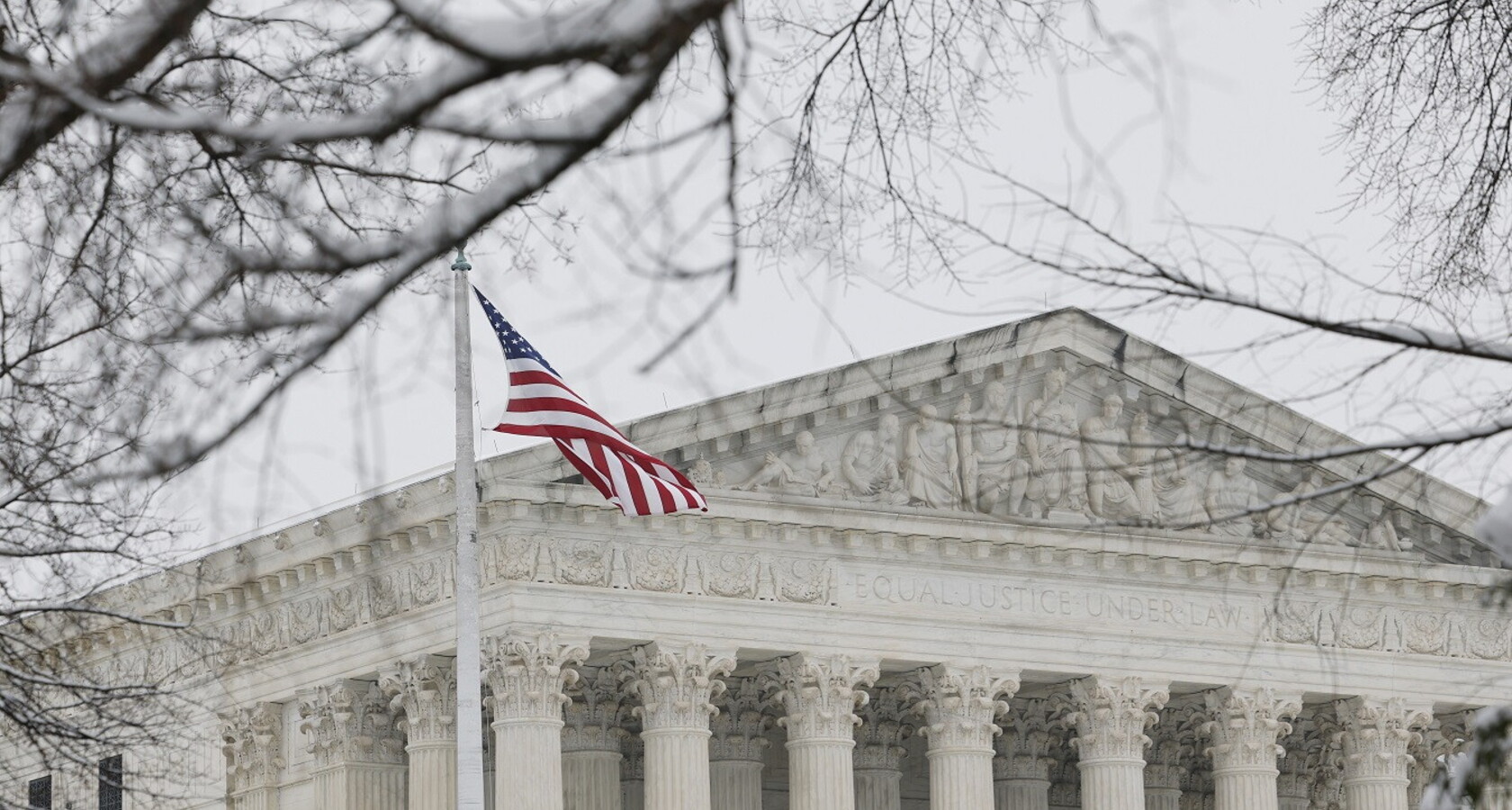
USA
Trump withdraws from the Paris Agreement but not the Framework Convention and for now he is focusing on communication
Reading carefully Trump's executive order, which will become effective in January 2026, we get glimpses of an ideological choice but also a hint of possible negotiation for the future. Meanwhile, however, in China and the BRICS countries…
6 minHe said he would and he did it on the first day. Trump signed the executive order by which the United States withdraws from the Paris Agreement on climate change. But what will be the effects will this decision? And what procedures does it involve?
F
rom a procedural point of view, the withdrawal of the US signature will take effect in one year (previously, the expected time was three-four years when Trump first withdrew in 2020) and will in fact only imply the non-participation of the US in the annual fund that is intended to help the poorest countries, or those in technical or technological difficulty, to mitigate climate change with specific actions. This is considering obviously that the USA participates with a large share of the EUR 100 billion foreseen per year for the fund—which, however, up to 2024 had never been disbursed and collected only by a part of the financing countries (or budgeted in a transparent manner). And which was therefore the focus of the last COP held in Baku. For now, therefore, the dimension is only one of politics or political communication, which in the world of social networks is no small thing. But with at least limited initial effects.
Who continued the commitment?
Certainly, this means that the United States of America no longer feels bound to the objectives of limiting the increase in the Earth's temperature and containing CO2 emissions. But it must be remembered that in the very year following the first announcement of withdrawal from the Paris Agreement, the US recorded a significant reduction in emissions and the largest decrease in coal use in its history. This is mainly because the legislation of some states, such as California, and the autonomous regulation of many US companies, continued the effort to adhere to the principles established in the various COPs that followed the conference in Paris in 2015. In fact, since the Glasgow COP26 in 2016, a group of global companies has appeared in the audience of States, NGOs and scientists that have committed to the green transition with technological projects and financing, which constitute a market sector in economic and financial growth and, beyond any ideology, generate prosperous and profitable market conditions and will certainly continue to do so, even if only for reasons of mere profit.
Possible scenario
There is also another procedural issue that the US will have to face with the new President Trump: at the moment, exiting the Paris Agreement is different from exiting the United Nations Framework Convention on Climate Change (UNFCCC), which is the international legal framework within which the various COPs operate and within which the 2015 Paris Agreement applies. This agreement was ratified—on the proposal of Republican Bush Sr.—by the US Senate in the summer of 1992 (and in 1994 it officially entered into force with a majority of UN states that had subsequently ratified it) and therefore it should go back to the US Congress, specifically the Senate (with a possible recall of the House of Representatives, and certainly with significant federal constitutional problems, in the treaty procedure). Obviously, the Presidential initiative could have an easy game, if he also decided to exit the United Nations Framework Convention, considering that after last November's elections he finds himself with a majority in both the House and the Senate, but there is no certainty that in the ensuing game of territorial representation of the states and in the alchemy of congressional power, the matter will not become too “hot”, and it will certainly not be “quick,” like the one he has just addressed with an executive order. In essence, reading the executive order, it is clear that President Trump has two concrete objectives: one concerning communication; the other purely economic, namely the immediate withdrawal of funding to other countries or the transfer of technological capabilities relating to climate mitigation. In short, immediate and “high” communication and a concrete spending cut from the US budget—a sort of “spending review”.
What does the future hold? It is difficult to say, but it is interesting to know that there is currently a somewhat polycentric agitation of the geopolitical world of the green transition: from 24 to 28 February, the IPCC meeting is scheduled in Hangzhou, China—the IPCC being the scientific institute that prepares the report on the state of environmental policies in the world and on climate conditions for the United Nations; and in November 2025, the COP30 will be held in Belem do Parà, Brazil, strongly advocated by President Lula and in which the BRICS countries could play a much stronger role than in the past. All-in-all, this is an interesting juxtaposition on the Paris Treaty, after the upheaval announced by Trump, which will provide the measure of everyone's environmental ambitions.

